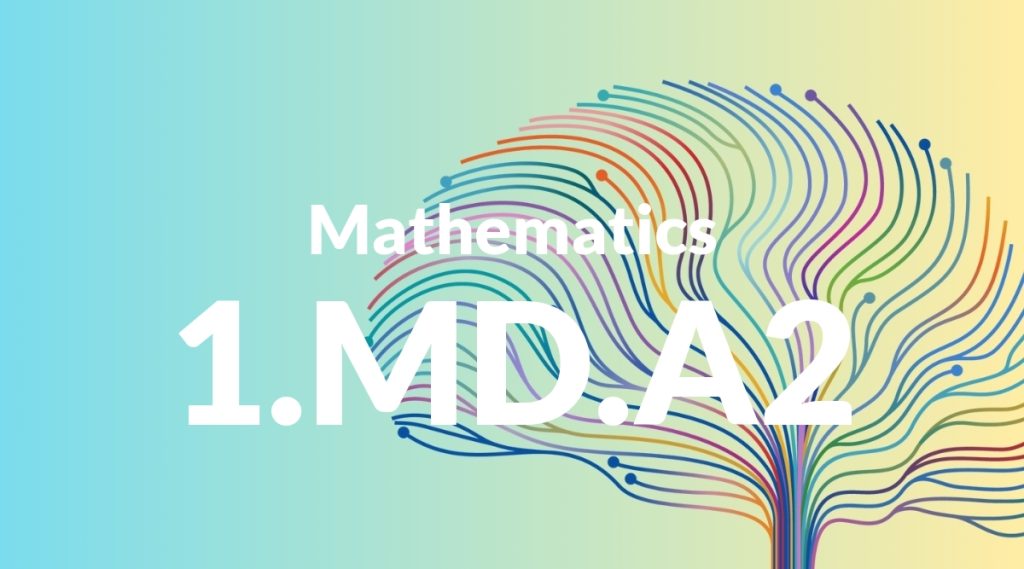Standard: 1.MD.A2 – Express the length of an object as a whole number of length units, by laying multiple copies of a shorter object (the length unit) end to end; understand that the length measurement of an object is the number of same-size length units that span it with no gaps or overlaps. Limit to contexts where the object being measured is spanned by a whole number of length units with no gaps or overlaps.
Grade level: Grade 1
Subject: Mathematics
Domain: Measurement & Data
Teacher Overview
This standard focuses on helping students understand how to measure the length of objects using non-standard units. It is important because it lays the foundation for future understanding of measurement using standard units. Mastery of this skill helps students develop a concrete sense of size and measurement, which is essential for more complex mathematical concepts. Students should have a basic understanding of length and be able to count objects accurately. They should also be familiar with comparing lengths using informal terms such as ‘longer’ and ‘shorter’.
After mastering this standard, students will be able to use standard units of measurement like inches and centimeters. They will also be able to compare and order objects by length and understand the concept of perimeter.
Common Misconception 1
Some students may think that gaps or overlaps between the units do not affect the measurement. This misconception arises because they do not yet understand the need for precision in measurement.
Intervention 1
Engage students in activities where they measure objects with and without gaps or overlaps, and compare the results to see the difference in accuracy.
Common Misconception 2
Another common misconception is that the size of the unit does not matter, as long as the number of units is counted. This can lead to inaccurate measurements.
Intervention 2
Provide students with opportunities to measure the same object using different-sized units and discuss why the measurements differ, emphasizing the importance of consistency in unit size.
Prerequisite Knowledge
Students should understand the concept of length and be familiar with basic counting skills. They should also be able to compare lengths informally using terms like ‘longer’ and ‘shorter’.
Subsequent Knowledge
Students will develop the ability to measure lengths using standard units like inches and centimeters. They will also learn to compare and order objects by length and understand the concept of perimeter.
Instructional Activities
- Measure classroom objects using paper clips or other small items.
- Create a measurement scavenger hunt where students find objects of specific lengths.
- Use building blocks to measure the length of different items and record the results.
- Have students compare the lengths of different objects using the same unit and discuss their findings.




